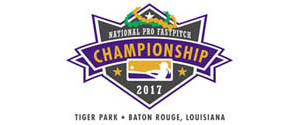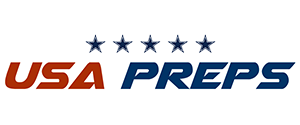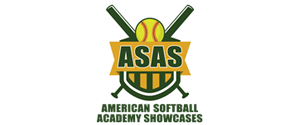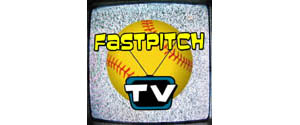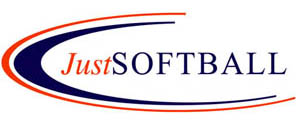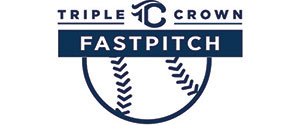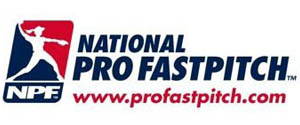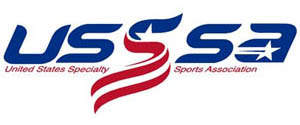PDad wrote:MTR wrote:PDad wrote:MTR wrote:PDad wrote:Is the runner considered past the base if they weren't advancing towards the next base?
Normally, yes, but not in this case. The resolution of what would have occurred had the runner not been obstructed it the runner would be safe at that base.
R1 is obstructed between 1B and 2B, is tagged out after oversliding 2B and umpire judges she would have reached 2B without the obstruction. Is she protected or out?
As non-specifically defined as you had it here, out.
In the previous play offered at 3B, the OBS was right at the base and the runner went past attempting to contact the base. It might be easier if you think of it this way: If a runner is approaching the base and the defender simply lays on and covers the base and the runner stepping past the front edge of the base to try and contact the base from another angle. Remember, a runner is allowed access to the entire base, not just the side facing him/her.
If the OBS is away from the base, it isn't the OBS that is preventing the runner from contacting the base.
It just seems inconsistent to believe the runner in AC's case wouldn't have overslid if she had been able to contact the base and the runner in my case shouldn't have overslid regardless of the prior OBS. You guys study the rules and official interpretations, so I believe it is whatever you say it is. Hopefully it depends on the specific case and whether you believe that the OBS away from the base affected how the runner went into the base.
I was thinking OBS by F4 midway between the bases and was just looking for the general ruling. Here are a couple specific examples with all the previous conditions (e.g. 2B without OBS).
1. OBS delayed runner enough so there was a play on her at 2B. Otherwise, she makes it in without a play instead of having to avoid a tag.
2. OBS causes runner to get in a rundown.
Are there other cases where you would extend protection on an overslide?
My interpretation/opinion/reply (no official standing in any association):
The way the rule is written, and the case plays associated with it, it is clear that the rulesmakers do not want obstruction to be a "get out of jail free" card for a runner failing to run the bases properly. So, committing interference, passing a runner, missing bases, or leaving a base early on a caught fly ball all result in loss of protection.
At the same time, the umpire is charged with making sure the effect of the obstruction is negated if the runner isn't guilty of one of the above. And hasn't overrun the protection.
In the cases you pose, it is easy to play "what if", but the umpire has to judge if the obstruction clearly (or apparently) caused an issue, or if (after the obstruction) the runner didn't run the bases properly. If a subsequent play/misplay by the defense cannot change the obstruction award, then it cannot be used to "what if" when the runner later misplays.
When a runner overruns a (missed) base, it is considered touched until appealed. Tagging that runner is (can be) an appeal of a missed base, and that status is noted primarily to determine a force play to see if runs score. An overslide, if the entire body is completely beyond the base, would have to be considered the same; in jeopardy, and/or a live ball appeal of a missed base with the runner beyond the base protected. That would only be protected if it was obvious and apparent (to the
umpire, irrespective of a coach's obvious argument), and thus judged that the obstruction created the inability to touch the base.
But, if an overslide left any part of the body still in the plane of the base, the runner is not (fully) beyond the base protected, and we should still apply the "between the two bases" protection intended by the rule, even if the obstruction earlier was unrelated to the overslide.






